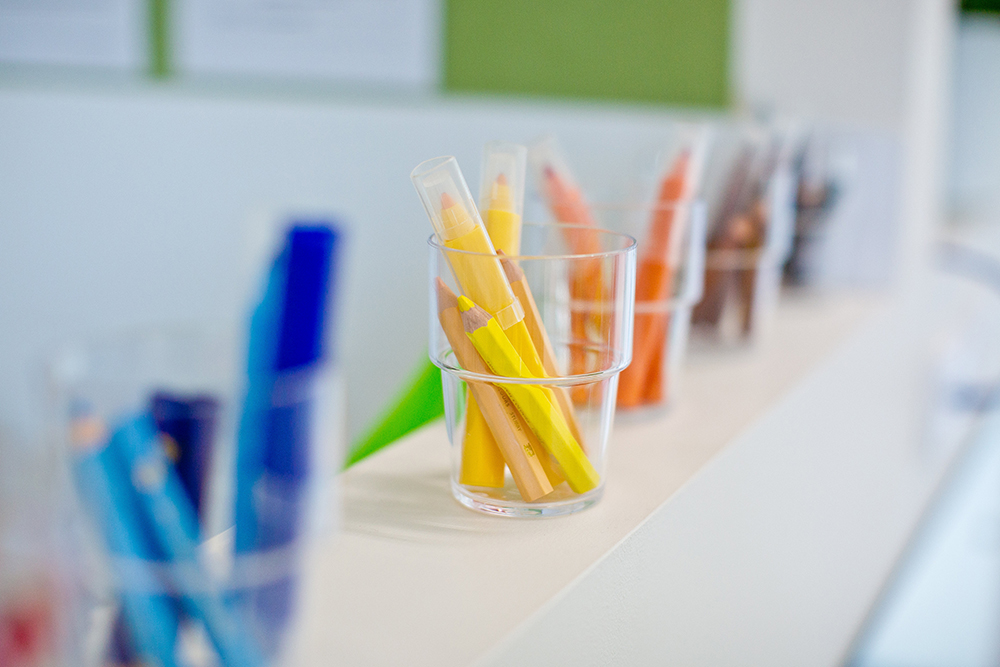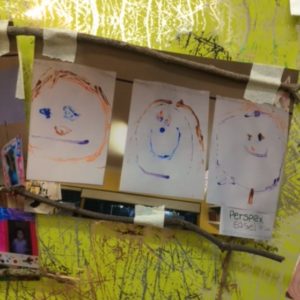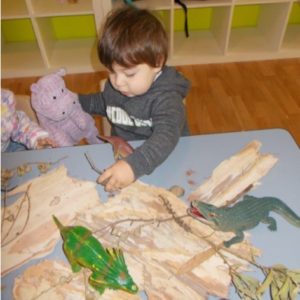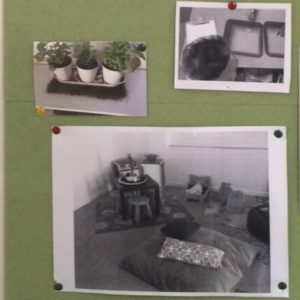“We value space, to create a handsome environment and its potential to inspire social, affective and cognitive learning. The space is an aquarium that mirrors the ideas and values of the people who live in it” – Loris Malaguzzi
As mentioned in last months post the environment is seen as the third teacher along with it’s context. It can and should be applied just as readily inside as outside by placing value on aesthetics, organization, thoughtfulness, provocation, communication and interaction. The care and attention we pay to organising space indoors stimulates children’s s imagination, creativity, exploration, discovery, engagement and sense of wonder.
In the indoor environments in Reggio Emilia, Italy they call the area where alot of creative work takes place the Atelier. This room is generally a larger room in the centre of the building where children can gravitate to when they need to for exploration of the arts. Each ‘classroom’ also has a mini atelier where children have the same access to creative tools and supports but on a smaller scale. This is more like what we have here in Australia – mini ateliers in our rooms.
In other areas of our indoor environments we try to create areas which provide the children with a feeling of warmth, where they feel they belong, they can just be and they can become whatever they like. We are trying to move down the path of having resources for children that are more natural and have many uses. This allows the children to use their imaginations and have the resource be whatever they want it to be.
We attempt to let as much natural light as possible into the buildings. This helps keep the rooms natural and have the outdoor light provide warmth to the rooms. We now also include alot more plants into our indoor environments. With the plants it is providing the children with a view in the rooms of natural beauty, it is teaching children the skills of caring for living things and they provide a calming feel to the rooms.
We are also placing a bigger focus on the presentation of our documentation. When the children’s work is displayed in the rooms it is displayed with a purpose. The purpose could be steps being taken in a learning journey, celebrating joyous occasions, being proud of and excited for children’s creations and creative abilities. We are attempting to keep our rooms quite ‘plain’ so the children work pops out and becomes the interest in the room.









Recent Comments